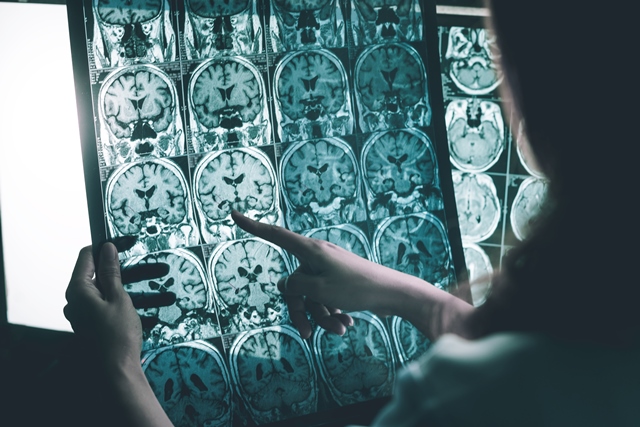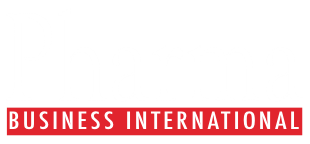The European Commission (EC) has granted marketing authorization under exceptional circumstances and maintained orphan designation for Biogen’s QALSODY® (tofersen) for the treatment of adults with amyotrophic lateral sclerosis (ALS) associated with a mutation in the superoxide dismutase 1 gene (SOD1-ALS). QALSODY is the first treatment approved in the European Union to target a genetic cause of ALS, also known as motor neuron disease (MND).
“The European Commission’s approval of QALSODY is a testament to the unwavering dedication of the ALS community – people living with ALS and their loved ones, scientists, clinicians, and advocates – who have worked together over the past two decades to bring forward this important new treatment for the SOD1-ALS community,” said Stephanie Fradette, Pharm.D., Head of the Neuromuscular Development Unit at Biogen. “We are working with the medical community and local authorities to bring QALSODY to people living with SOD1-ALS across the region as quickly as possible.”
The marketing authorization for QALSODY is granted under exceptional circumstances, which is recommended when the benefit/risk assessment of a treatment is determined to be positive but due to the rarity of the disease, it is unlikely that comprehensive data can be obtained under normal conditions of use. The European Medicines Agency (EMA) recommended QALSODY’s designation as an orphan medicinal product be maintained.
“QALSODY’s approval represents a paradigm shift in the treatment of SOD1-ALS, offering hope to patients and loved ones who have long awaited a breakthrough,” said Philip Van Damme, M.D., Ph.D., Professor of Neurology and Director of the Neuromuscular Reference Center at the University Hospital Leuven in Belgium. “The European Academy of Neurology has confirmed new treatment guidelines for ALS that recognize QALSODY should be offered as first-line treatment for patients with SOD1-ALS.”
The approval of QALSODY is based on the totality of evidence, including the targeted mechanism of action, biomarker, and clinical data. In the randomized, double-blind, placebo-controlled Phase 3 VALOR study (n=108), patients were randomized 2:1 to receive treatment with either QALSODY 100 mg (n=72) or placebo (n=36) for 24 weeks. The primary efficacy endpoint was the change from baseline to Week 28 in the ALS Functional Ratings Scale-Revised total score. The results numerically favored tofersen, but were not statistically significant (ITT population: tofersen-placebo adjusted mean difference [95% CI]: 1.4 [-1.3, 4.1]). At Week 28, mean plasma neurofilament light chain (NfL), a marker of axonal injury and neurodegeneration, was reduced by 55% (geometric mean ratio to baseline) in the tofersen-treated participants (ITT), compared to a 12% increase with placebo (difference in geometric mean ratios for tofersen to placebo: 60% (95% CI: 51%, 67%)).
Very common adverse reactions (may affect more than 1 in 10 people) reported in QALSODY-treated participants were pain (back pain, pain in arms or legs), feeling tired, muscle and joint pain, fever, and an increase in protein and/or white blood cell count occurring in the fluid that surrounds the brain and spinal cord.


